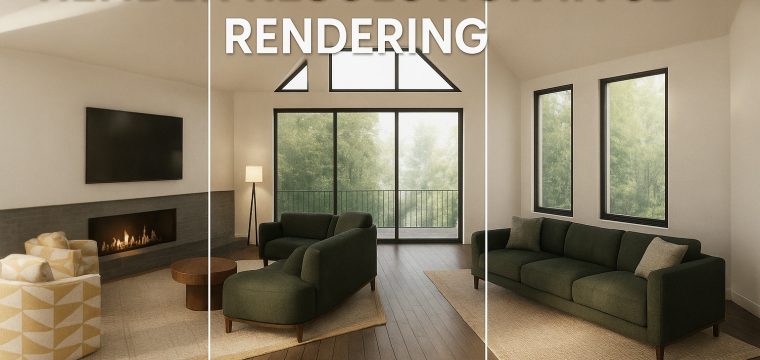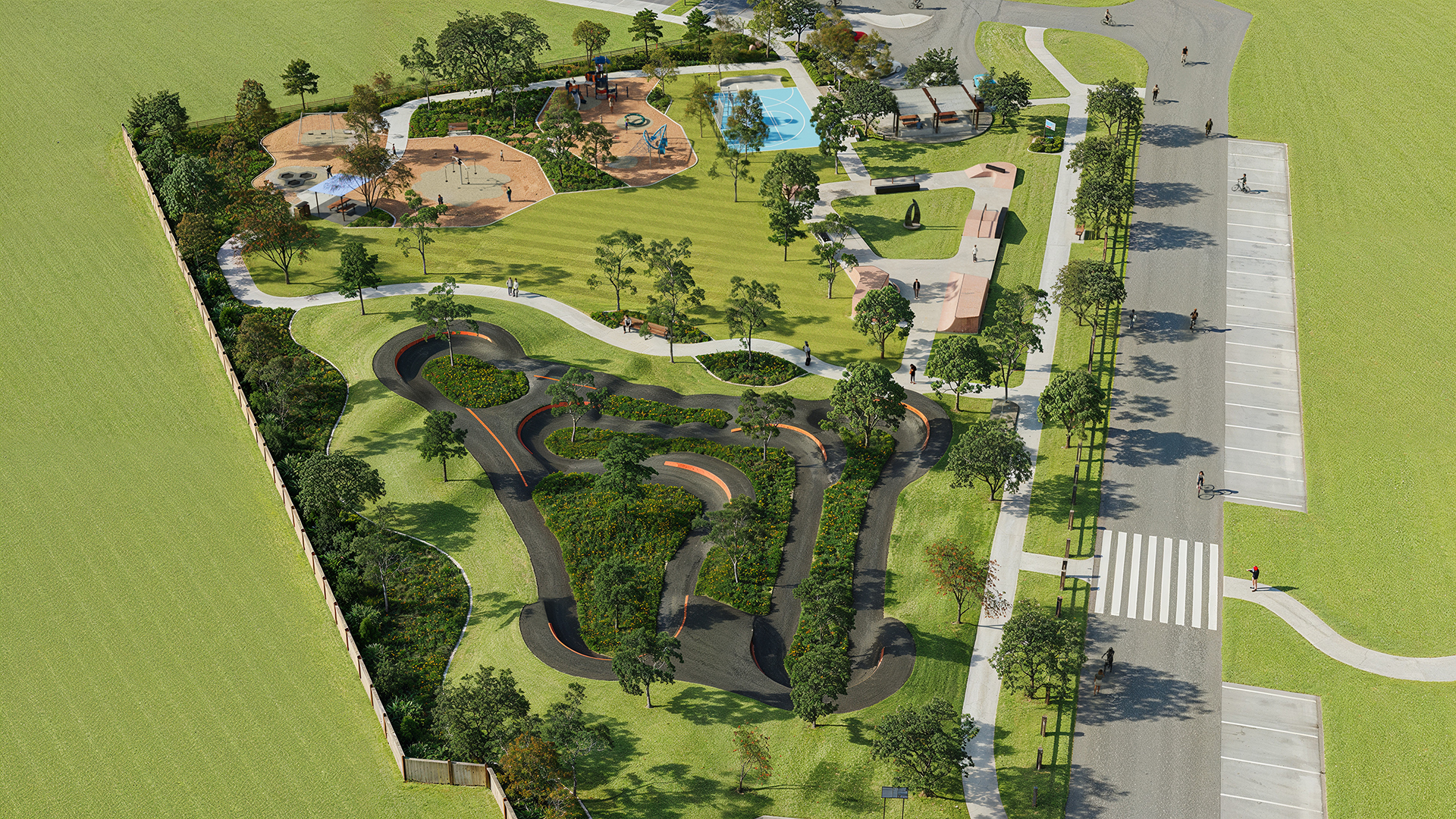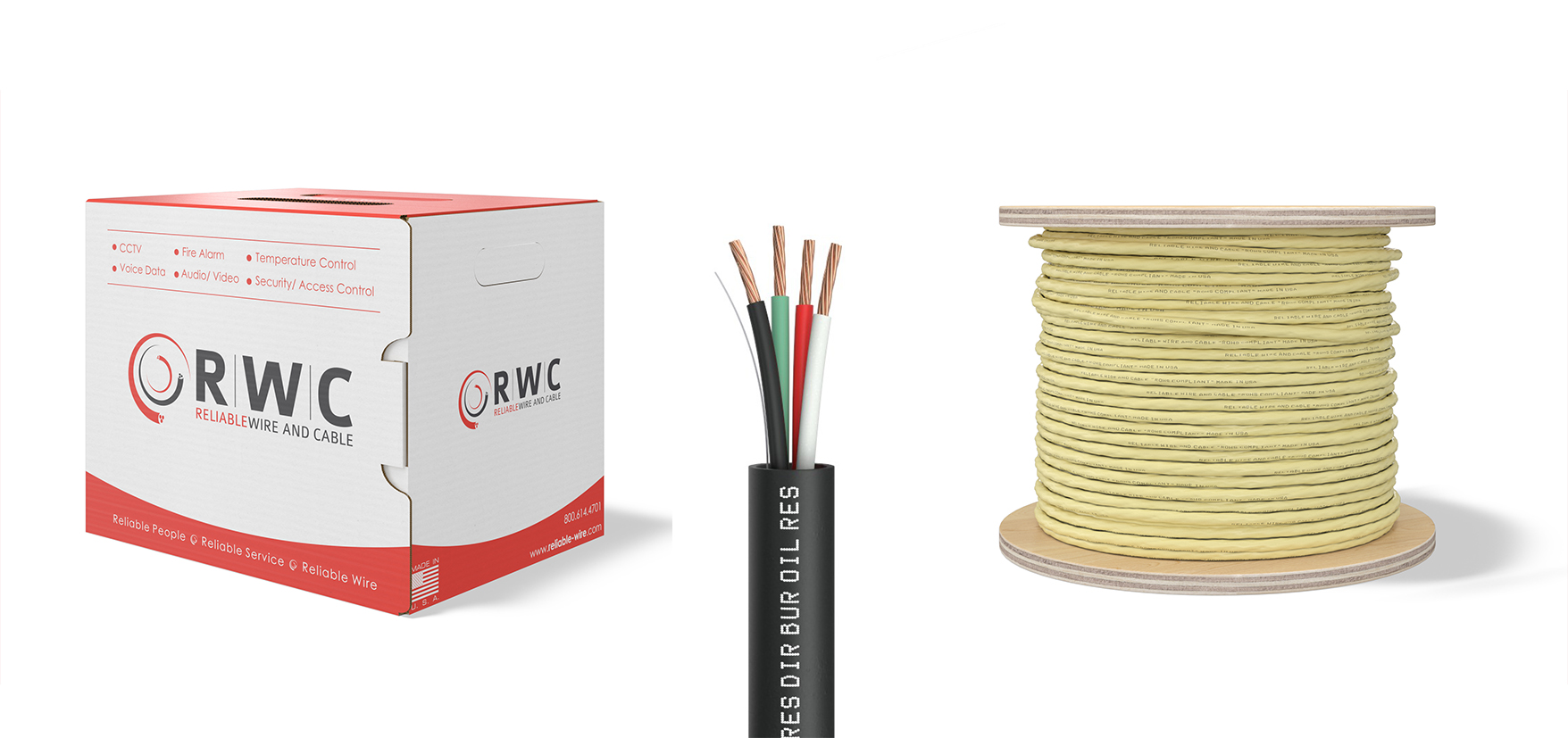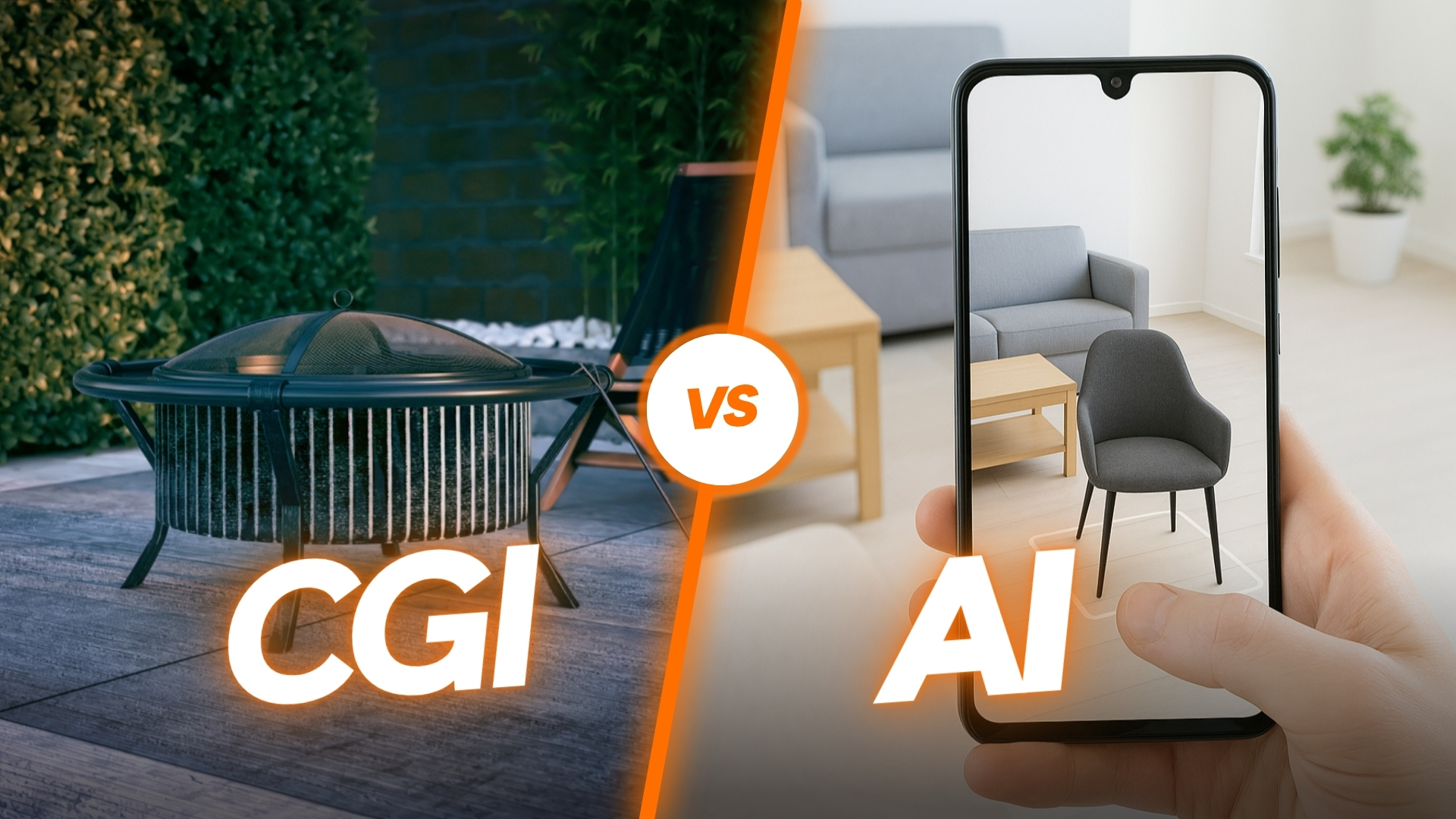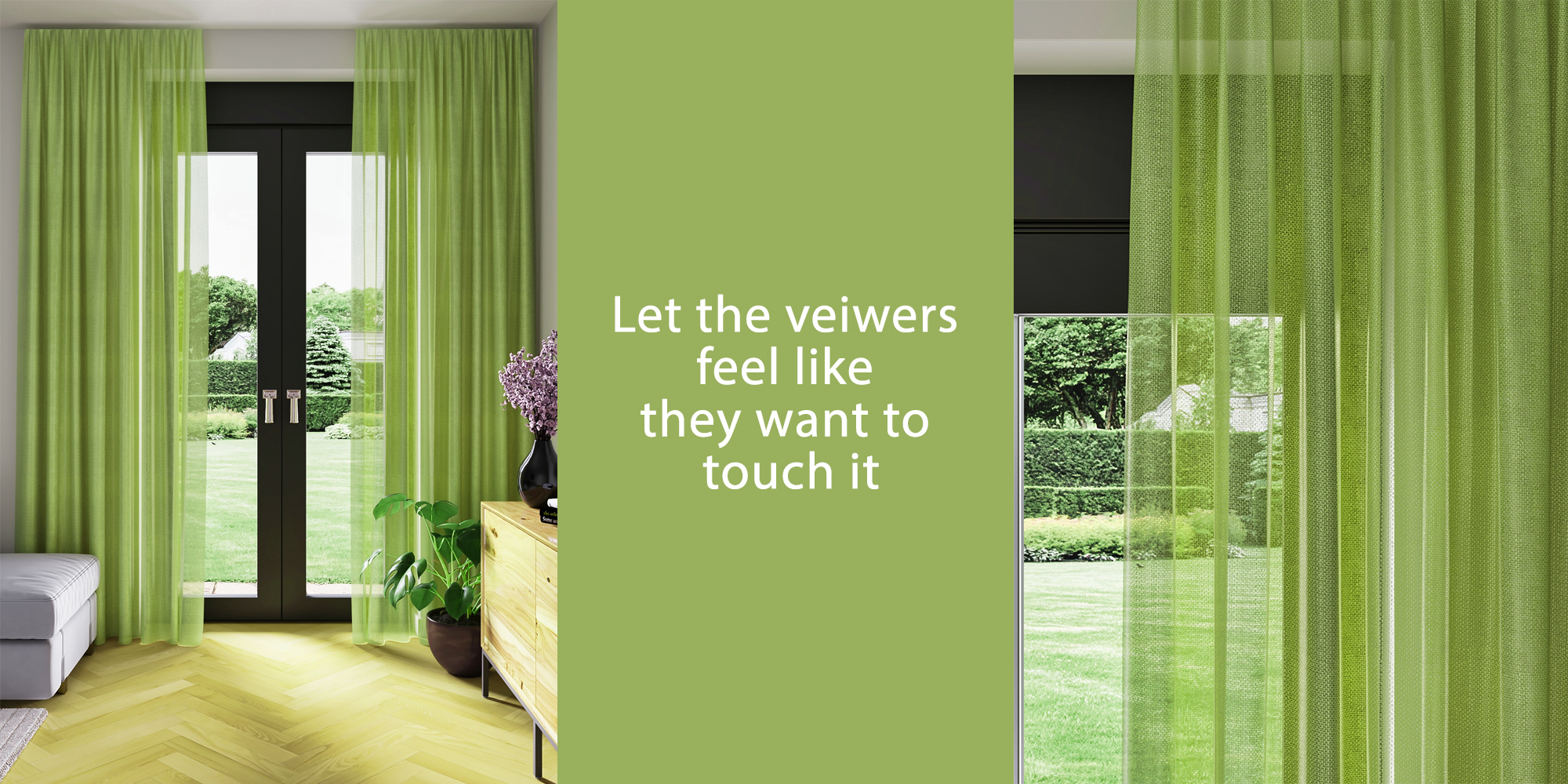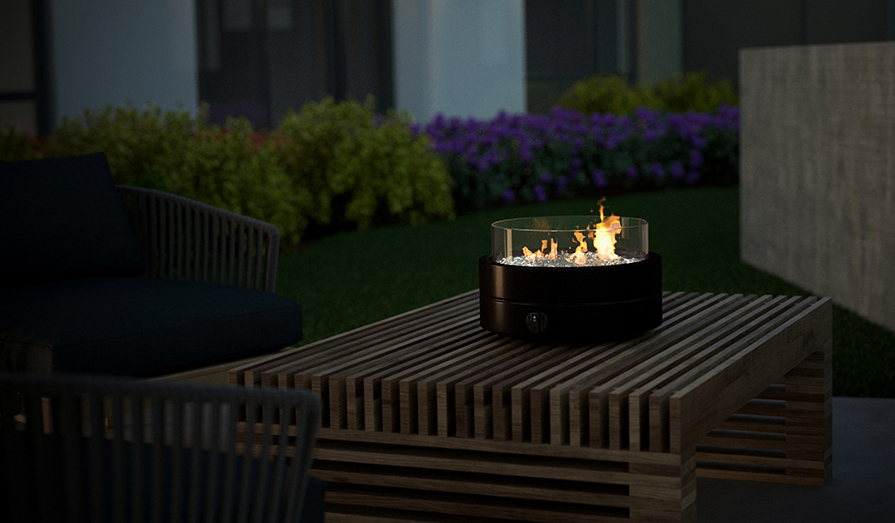Ever received a stunning render—only to find it looks pixelated in print or painfully slow to load on your website? That’s a common sign of getting render resolution wrong. Whether you’re an architect preparing a design presentation, a product marketer building out a catalog, or a 3D artist racing to meet a deadline, the resolution you choose plays a critical role. It can be the difference between a crisp, professional result and a frustrating setback. Yet, resolution is often overlooked until problems arise.
In this guide, we’ll break down what render resolution really means, why it matters, and how to choose the right settings for professional 3D architectural visualization or product rendering, based on your project’s specific goals. Let’s make sure your visuals deliver exactly what they should—on screen and in print..
What Is Render Resolution in 3D Rendering?
In 3D rendering, render resolution refers to the number of pixels used to create a digital image, directly impacting the clarity, detail, and overall quality of the final visual output. It’s typically expressed as width × height — for example, 1920×1080 (commonly known as Full HD).
A higher resolution means more pixels, which often results in greater clarity and detail. But it also means longer rendering times and heavier file sizes.
Render Resolution vs. Image Resolution
While they sound similar, “render resolution” is specifically about the output settings in 3D software. It determines how detailed your final render will be.
“Image resolution,” especially when referring to print, is often linked to DPI (dots per inch), which defines how densely those pixels are printed.
Why Render Resolution Matters
Getting render resolution right isn’t just about visual quality. It also affects how efficiently your team works, how long renders take, and how well your materials perform across platforms.
1. Clarity and Detail
Higher resolutions produce sharper images, especially important for close-ups, product packaging, or architectural details like textures and lighting.
2. Rendering Time and Performance
A 4K render (3840×2160) can take 4–6 times longer to render than a 1080p one, depending on the complexity of the scene and your hardware. Time matters, especially on tight deadlines.
3. File Size and Storage
Larger images consume more storage and may slow down your website or presentation software. If you’re rendering dozens of images, this adds up quickly.
Common Render Resolutions and Their Use Cases
Choosing the right resolution depends on how and where your render will be used.
Web and Digital Screens
- 1080p (1920×1080): Ideal for websites, online portfolios, and social media.
- 2K or 4K (2560×1440 or 3840×2160): Useful for high-end monitors or detailed product displays.
- 1:1 ratios (e.g., 2048×2048): Popular for Instagram and square web assets.
High-Resolution Prints
- 300 DPI at actual print size is the industry standard for professional prints.
- To print an image at 12×18 inches at 300 DPI, your render resolution should be 3600×5400 pixels.
- Lower DPI (150–200) might be acceptable for large format posters viewed from a distance.
Billboards and Large Displays
- You don’t need crazy-high resolutions.
- A 150 DPI file at billboard size (e.g., 6000×3000 pixels) looks sharp from a distance.
Architectural Rendering
- A3 Prints: 4960×3508 (at 300 DPI)
- Posters or Panels: 7000+ pixels on the long side
- Digital Presentations: 1920×1080 or 2560×1440
How to Choose the Right Render Resolution for Your Project
There’s no one-size-fits-all answer, but here are some guidelines:
1. Define the Final Output
- Online use? Stick with Full HD or 2K.
- High-quality prints? Calculate resolution based on physical dimensions and DPI.
- Client presentations or competitions? Go higher if quality makes the difference.
2. Consider Rendering Time
If you’re working with multiple camera angles, tight timelines, or heavy scenes, rendering at ultra-high resolutions could delay your delivery.
Pro tip: Render at a slightly lower resolution, then upscale using AI tools like Topaz or Photoshop for final tweaks if needed.
3. Match the Medium
- Magazines and brochures: High DPI required
- LED screens or projectors: Resolution may be capped, so ultra-high res isn’t necessary
- Web: Balance quality and file size for faster load times
Render Resolution and Animation
Animations bring a whole new set of challenges.
Frame Rate vs. Resolution
High-resolution animations rendered at 60 FPS require serious processing power and storage. Most walkthroughs or product animations are rendered at:
- 1080p at 30 FPS for web or social media
- 4K at 24 FPS for high-end marketing reels
Tip: Always test a few sample frames before committing to final render settings.
DPI vs. Resolution: What’s the Difference?
This is where many people get confused.
- DPI is for print. It measures how densely pixels will be printed.
- Render resolution is for digital files. It defines the number of pixels in your render.
So, an image with a resolution of 3000×2000 pixels at 300 DPI will print well at 10×6.7 inches. But for web, DPI is irrelevant — screens care about pixel dimensions, not dots per inch.
Best Practices for Managing Render Resolution
- Always define output specs before starting a project
- Avoid over-rendering unless absolutely necessary
- Use smart naming for resolution variants (e.g., “kitchen_view1_4K.jpg”)
- Archive large files efficiently using compression (TIFF, EXR, or layered PSD)
- Use real-time preview tools in V-Ray, Corona, or Blender to test before final render
FAQs
What is the best render resolution?
It depends on the final output. For web, 1920×1080 is enough. For large prints, go as high as 6000+ pixels wide.
Does higher resolution mean better quality?
Not always. Higher resolution improves detail, but without quality lighting, materials, and rendering technique, it won’t look photorealistic.
How does render resolution affect time?
Significantly. Doubling resolution can quadruple render times, depending on the engine and scene complexity.
What resolution is best for architectural presentations?
For prints: 4960×3508 or higher. For digital: 2560×1440 is usually sufficient.
Final Thoughts
Choosing the right render resolution isn’t just a technical decision — it’s a strategic one.
Get it wrong, and you risk blurry prints, sluggish animations, or missed deadlines. Get it right, and your work shines exactly as intended — whether it’s projected in a boardroom, featured in a glossy catalog, or published online.
At 7CGI, we help professionals get this right every day. Whether you’re preparing a real estate pitch, launching a product, or creating a high-impact animation, our team ensures the render resolution fits the goal — every time.
Need a hand picking the best resolution for your next project? Contact us — we’ll be happy to help.

